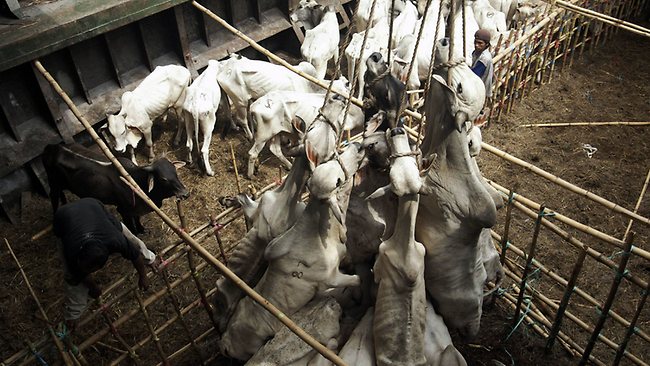
In 1980, the average worker on the bottom half of America’s income ladder earned about $16,000 a year (in today’s money). Over the ensuing three-and-a-half decades, the average national income in the United States grew by 61 percent. That rising tide lifted all boats so high that, by 2014, the average worker in the bottom 50 percent took home a whopping … $16,000 a year.
Meanwhile, the average denizen of the top one percent went from earning an inflation-adjusted $428,000 in 1980, to taking home $1,304,800 in 2014.
Which is to say: In the years since Ronald Reagan was first elected, the average income among the one percent went from being 27 times larger than that of the bottom 50 percent, to being 81 times larger. That ratio — 81 to 1 — happens to be equivalent to the ratio between the average income of the United States and that of the Democratic Republic of Congo. In other words, in terms of relative economic power, America’s top one percent is to its lower middle class, as the world’s wealthiest nation is to a war-torn, third-world nation where over 60 percent of people live in poverty.




